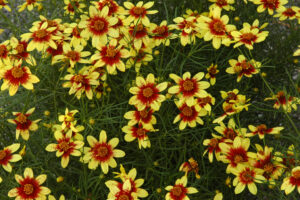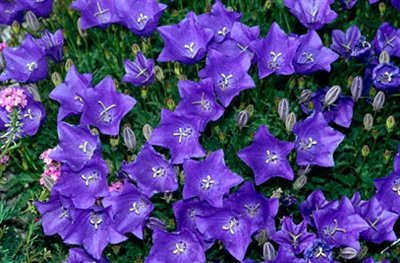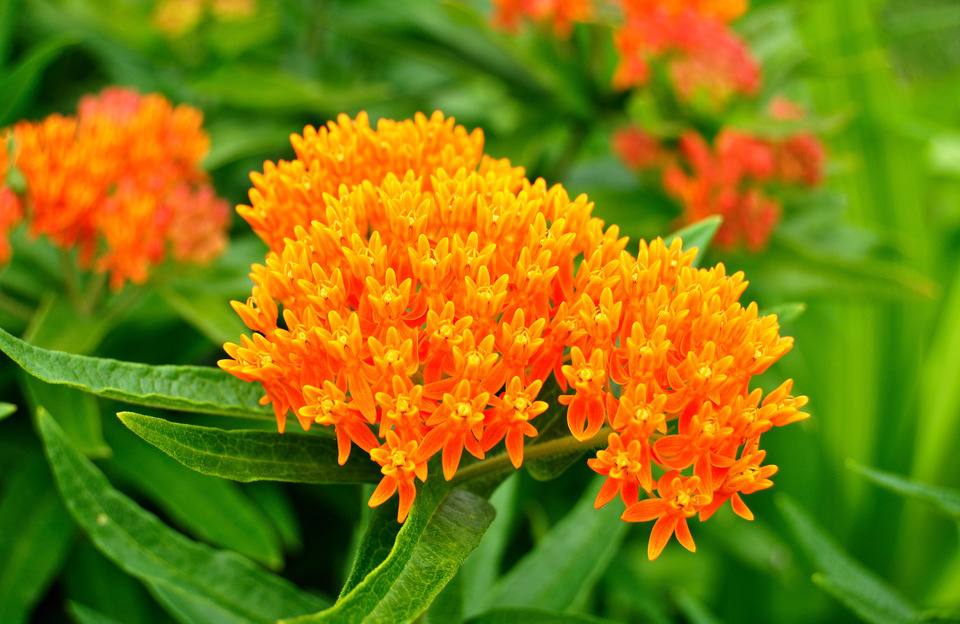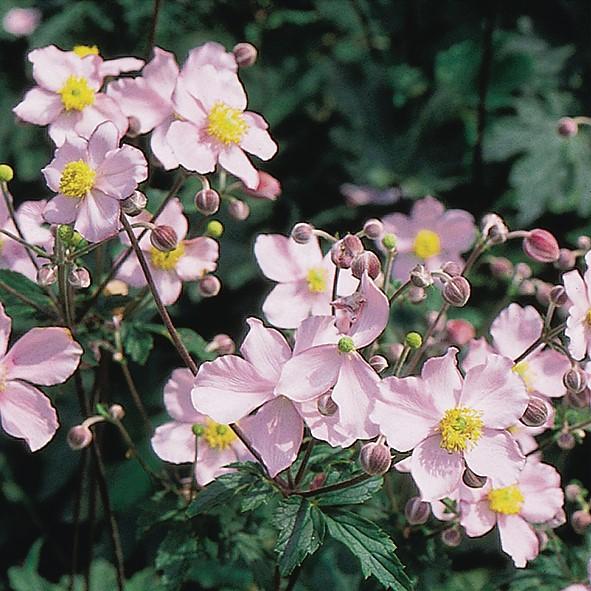Description
 Coreopsis verticillata Cruizin′ ‘Route 66’
Coreopsis verticillata Cruizin′ ‘Route 66’
Threadleaf Coreopsis
USDA Zone: 4-9
Sometimes known as Threadleaf Coreopsis, this forms a spreading clump of very delicate, ferny foliage. This selection bears loads of starry yellow flowers with burgundy centers, each a little different from the next, from early summer into the fall. Clipping off faded flowers will encourage buds to form all season. Tolerant of hot, dry sites, once established. Excellent for cutting. Great for mass planting in a sunny area and will even adapt to naturalized meadow plantings. This species is native to the Eastern USA. Tolerates heat and humidity. Easily divided in early spring. Discovered at Bauer’s Forever Flowers in northwestern Pennsylvania and introduced by ItSaul Plants of Georgia. Part of the Cruizin’ Series. USPP#20609: unlicensed propagation prohibited.
Sun Exposure Full Sun
Soil Type Normal or Sandy or Clay
Soil pH Neutral or Alkaline or Acid
Soil Moisture Dry
Care Level Easy
Flower Color Red Yellow
Blooming Time Early Summer Mid-Summer Late Summer Early Fall Mid Fall
Foliage Color Deep Green
Plant Uses & Characteristics
Accent: Good Texture/Form Attracts Butterflies
Border Containers
Cut Flower Deer Resistant
Drought Tolerant Rabbit Resistant
Ground Cover Massed
Flower Head Size Small
Height 20-23 inches
Spread 20-23 inches
Foot Traffic None
Growth Rate Medium




Reviews
There are no reviews yet.